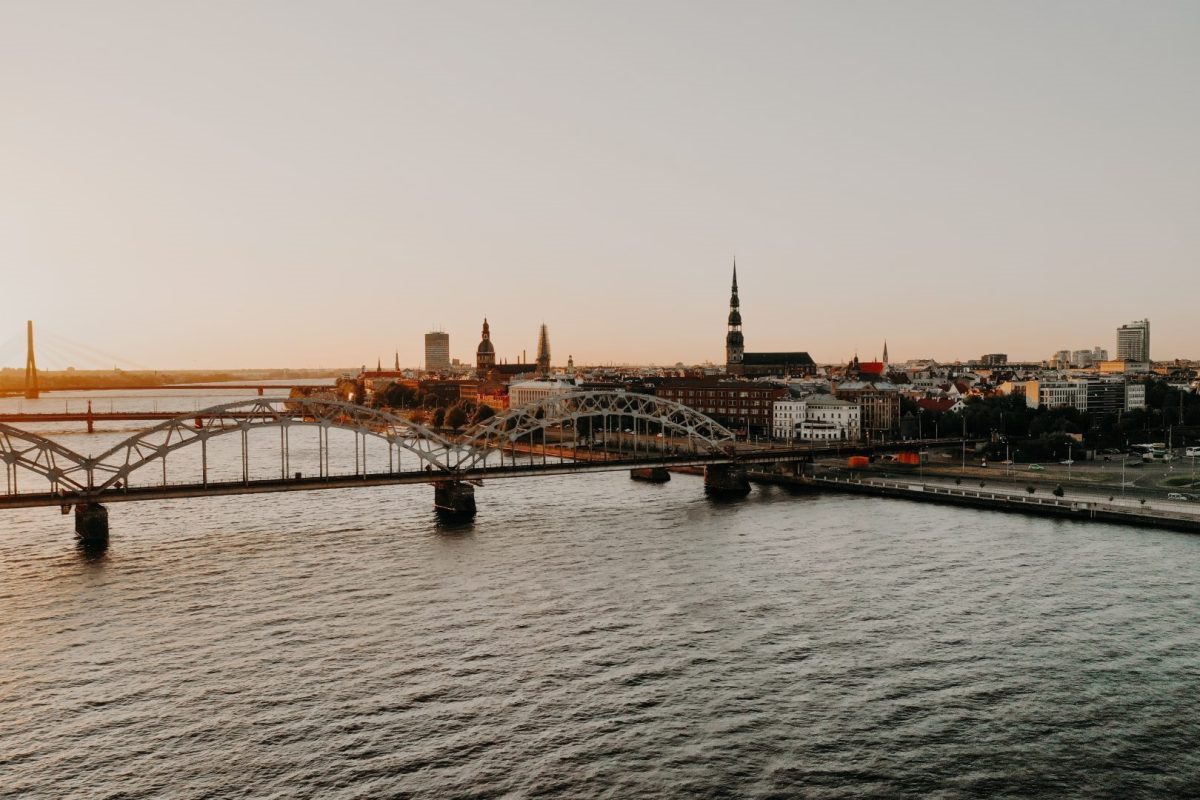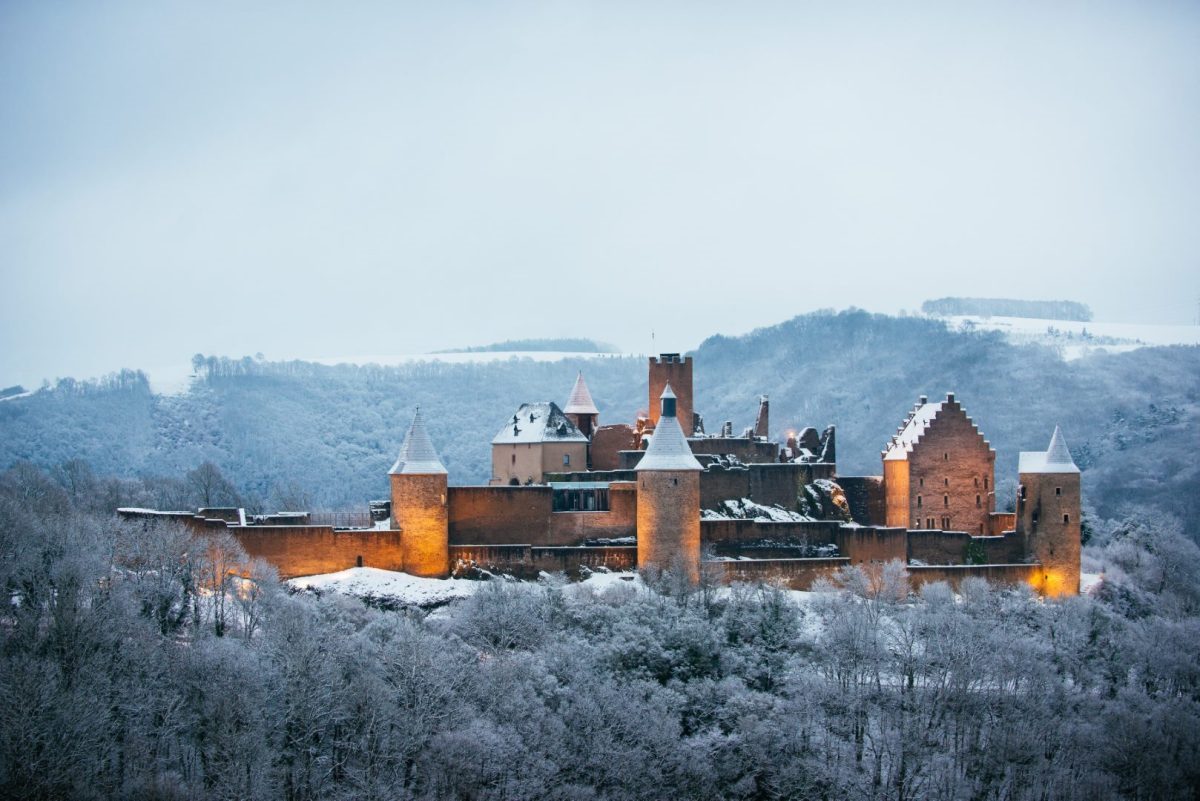How to Plan Your Visit to Valencia’s Oceanogràfic
Valencia’s Oceanogràfic is the largest aquarium in Europe, home to over 45,000 individual creatures from more than 500 species. With such an impressive collection of marine life, a visit to this attraction is a must for animal lovers and families visiting Valencia. If you’re planning a visit to Oceanogràfic, here’s everything you need to know to make the most of your time there.Experience
At Oceanogràfic, you’ll have the opportunity to wander through the world’s aquatic ecosystems and discover sea lions, sawfish, penguins, walruses, and many more majestic creatures. With over 110,000 square meters of space, there’s plenty to explore. The highlight of the visit is walking through the longest underwater tunnel in Europe and coming face to face with sharks!Highlights
Here are some of the highlights of a visit to Oceanogràfic:- Discover the largest aquarium in Europe
- Marvel at sea lions, sawfish, penguins, walruses, and many more
- Wander through the world’s aquatic ecosystems
- Over 45,000 individual creatures from more than 500 species
- Walk through the longest underwater tunnel in Europe
- See a family of beluga whales up close
Full Description
Oceanogràfic is located in the City of Arts and Sciences complex and features species from many of the world’s key marine ecosystems. This attraction is truly unique, and you’ll be immersed in a marine world like no other. With the general admission ticket, you’ll have access to all exhibits, and there are plenty of food and drink options available on site. One of the highlights of the visit is walking through the underwater tunnel, which spans over 100 meters and allows visitors to get up close and personal with sharks, manta rays, and other fascinating marine creatures. You can also visit the Arctic and Antarctic habitats, where you’ll find a family of friendly beluga whales. Perhaps the most impressive feature of Oceanogràfic is the sheer variety of marine life on display. With over 45,000 individual creatures from more than 500 species, there’s something to fascinate visitors of all ages. From sea lions to jellyfish to penguins, there’s always something new to discover.Booking the Tour
To book your tickets for Oceanogràfic, visit this website. The tour includes a general admission ticket and access to all exhibits. With so much to see and do at Oceanogràfic, it’s the perfect destination for a day trip in Valencia.Book Your Tour Now
If you’re visiting Valencia, a trip to Oceanogràfic is not to be missed. With an incredible variety of marine life on display and plenty of exhibits to explore, you’ll be sure to have a memorable experience. Don’t forget to book your tour in advance to ensure you get the most out of your visit.
Frequently Asked Questions about Valencia
If you’re planning a trip to Valencia or considering it, there are likely some common questions you have regarding the city. Here are some frequently asked questions, along with their answers, to help make your trip planning smoother.1. What is Valencia known for?
Valencia is best known for its rich history, stunning architecture, and delicious food. The city is home to the futuristic City of Arts and Sciences, which is one of the most popular tourist attractions in Europe. Valencia is also known for its incredible cultural events, such as Las Fallas, a week-long festival held every spring.2. What are the top things to do in Valencia?
Valencia has plenty of things to do for everyone, whether it’s exploring historical sites or relaxing on the beach. Some popular attractions include:- The City of Arts and Sciences
- The Central Market of Valencia
- The Valencia Cathedral
- The Turia Riverbed Gardens
- The Malvarrosa Beach
- Albufera Natural Park
- The Lonja de la Seda (Silk Exchange)
3. What is the best time of year to visit Valencia?
The best time to visit Valencia is during the spring (March to May) or fall (September to November) when the temperatures are mild and pleasant. However, if you’re interested in attending Las Fallas festival in March, you should plan your trip accordingly.4. What is the transportation like in Valencia?
Valencia has an extensive public transportation network consisting of buses, trams, and a metro system. The city is also very pedestrian and bike-friendly. You can easily rent a bike or scooter on the city streets for a fun way to explore Valencia.5. Is Valencia a safe city?
Valencia is generally a safe city, but as with any place, it’s important to take precautions. Avoid carrying large amounts of cash and keep an eye on your valuables in crowded areas. Stick to well-lit areas at night and be aware of your surroundings.6. What food is Valencia famous for?
Valencia is famous for its paella, which is a rice dish with seafood, meat, or both. Other popular dishes in Valencia include fideuà, which is similar to paella but made with noodles instead of rice, and horchata, a sweet and refreshing drink made from tiger nuts.7. What are some of the best museums in Valencia?
Valencia has several museums that are worth a visit, including:- The Museum of Fine Arts of Valencia
- The Valencia History Museum
- The National Ceramics Museum
- The IVAM (Valencian Institute of Modern Art)
- The Fallas Museum
8. What is the currency in Valencia?
The currency in Valencia is the Euro (EUR). ATMs are widely available throughout the city, and credit cards are generally accepted in most establishments.9. What are some good day trips from Valencia?
Valencia is located in a great central location with many exciting day trip options. Some popular destinations include:- The Albufera Natural Park
- Xátiva, a beautiful medieval town
- The historic city of Cuenca
- The seaside town of Denia
- The scenic mountain town of Teruel
10. What is the language spoken in Valencia?
The official language spoken in Valencia is Spanish, but Valencian, a dialect of Catalan, is also widely spoken. Many people in Valencia also speak English, especially in tourist areas. It’s always a good idea to learn some basic Spanish phrases before your trip.Book Your Tour Now
Valencia is a stunning city with much to offer visitors. Whether you’re interested in exploring the city’s history or trying its delicious food, Valencia has something for everyone. By answering these frequently asked questions, we hope we’ve been able to help make your trip to Valencia easier and more enjoyable.
How to spend Your Time as a Tourist in Valencia
Valencia is a charming city located on the eastern coast of Spain, famous for its rich history, stunning architecture, and fantastic food. If you are planning to visit this beautiful city, there are countless things you can do to make your stay memorable. From exploring the historical landmarks to indulging in delicious local cuisine, Valencia offers something for everyone. In this post, we will explore some of the best ways you can spend your time as a tourist in Valencia.1. Visit The City of Arts and Sciences
If you are interested in architecture or science, this place is a must-visit for you. The City of Arts and Sciences is a futuristic complex of buildings designed by renowned architects Santiago Calatrava and Felix Candela. The structures are breathtaking, and the exhibitions inside the buildings are informative and interactive. The City of Arts and Sciences comprises of several buildings, each dedicated to a different activity. As well as the exhibits, there are restaurants, cafes and shops to explore. You can easily spend a whole day here.2. Go to the Central Market
The central market, located in the heart of Valencia, is one of the largest markets in Europe. The market is full of different kinds of stalls, selling fresh produce, meat, fish, and regional specialties. It’s the perfect place to sample local cuisine or buy ingredients for a home-cooked meal. Moreover, the colorful Art Nouveau building that houses the Central Market is itself a work of art. Browse the stalls at your own pace, and don’t miss tasting some of the authentic Paella, a classic Valencian dish.3. Visit the Old Town of Valencia
Valencia’s Old Town is a rich tapestry of narrow streets, historic buildings, and scenic plazas. The area is perfect for a relaxed stroll, and there’s always something interesting to discover. One of the most famous heritage buildings worth checking out is the Silk Exchange, which dates back to the 15th century. Additionally, the cathedral of Valencia, with its awe-inspiring mix of Gothic, Baroque, and Romanesque architecture, is also a must-visit attraction in the area. Climb the cathedral tower and enjoy the panoramic views of Valencia.4. Spend a Day at the Beach
Valencia is well-known for its beautiful sandy beaches which stretch over 300km along the coast. The city beaches, Malvarrosa and Las Arenas, are easily accessible by public transports. Both beaches have plenty of facilities to make your time on the sand enjoyable, with restaurants, pubs, and cafes lining the promenade. The beaches are always crowded, especially in summer, so make sure to bring sunscreen and plenty of water. A day at the beach is an excellent way to relax and unwind after a few days of sightseeing.5. Explore the Turia Gardens
In the 1950s, the Turia River, which runs through Valencia city, was diverted, following a major flood. The city put in place an audacious plan to create an urban park, and the Turia Gardens were born. The Gardens stretch over 9km and offer a green oasis within the heart of the city. The gardens are home to cycling and running paths, sports facilities, and several cafes and restaurants. Spend some time here relaxing and watching the world go by, or hire a bike and explore the park. At weekends, the park fills up with families and street performers creating a great atmosphere.6. Discover the City’s Street Art Scene
Valencia has developed a vibrant street-art scene over the years, and there are plenty of murals and installations to discover for those looking for something different. The city’s street-art festival, Intramurs, has a program of guided tours, workshops, and talks exploring the historic neighborhoods of Valencia. Alternatively, you can discover the street art of the city yourself by taking a stroll through the Russafa neighborhood, known for its hip vibe, cafes, and bars but also for its walls plastered with artworks.7. Attend a Traditional Fiesta
Valencia is famous for its fiestas and festivals, which take place throughout the year. The most famous fiesta is the Fallas festival, which occurs in March, where large sculptures made of paper-mache, wood and cardboard are erected on the streets of Valencia. It is fascinating to see the intricate detail and effort put in to make them. Another noteworthy festival is La Tomatina, a giant tomato fight held in the town of Bunol. If you are in Valencia in July, don’t miss the Feria de Julio, a month-long festival that brings together art, music, and gastronomy.Book Your Tour Now
Valencia is a charming city with a lot to offer tourists. It is a city of contrasts, blending the old and the new with ease. From the futuristic architecture of the City of Arts and Sciences to the traditional paella and street art, there is plenty to explore in Valencia. Plan your trip well, and you are guaranteed to have an enjoyable and unforgettable experience.Table of Contents

